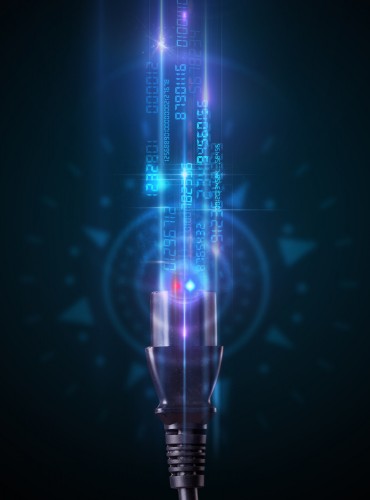Researchers from Ben-Gurion University are developing a promising and challenging material for alternative energy

Dr. Eric Yochelis, Dr. Iris Visoli-Fisher and a team of researchers from the Department of Solar Energy and Environmental Physics at Ben-Gurion University of the Negev. Dr. Joglis and Dr. Wisoli-Fisher are developing theoretical and experimental methods to understand how the spatial organization of charges affects the passage of electric charge between the ionic liquids and the electrodes.
With the help of a theoretical study (accepted for publication in the prestigious journal Physical Chemistry Chemical Physics), the researchers proposed a solution to the controversy of the organization of ions near these electrodes, in that under different conditions of the experiment one can expect the existence of each of the two possibilities that are currently under scientific controversy. "In practice" claim the researchers "there seems to be no dispute at all, and all the researchers are right in their diagnoses." It goes without saying that a basic understanding of the physical and chemical mechanisms will allow a scientific leap forward and lead to the design of efficient devices for alternative energy needs based on ionic liquids."
It should be noted that the efficiency of electrochemically based renewable energy devices, such as solar cells, batteries and fuel cells, largely depends on the amount of electrical charges in the electrolyte, therefore the behavior of electrolytes with a high charge density are of great research interest today. Ionic liquids, being molten salts at room temperature, are highly sought after for energy applications, not only due to their high charge density, but also due to chemical structure control, low vapor pressure and stability under charge transfer. However, as scientists investigate ionic liquids more and more, there are growing disputes about the scientific understanding of these substances.
An understanding of the movement and passage of electric charges must take into account the spatial organization of negative and positive ions near the electrodes, an area known as the "electrical boundary layer". Recent studies have shown that the structure of boundary layers in ionic liquids is fundamentally different from that of traditional electrolytes (such as table salt dissolved in water). Studies have shown that near the electrodes there is a new layered arrangement of positive and negative ions, and this arrangement fades as you move away from the electrode. In contrast to these results, other researchers have shown that positive and negative ions in ionic liquids can bond with each other and ultimately prevent the spatial arrangement of charges near the electrodes, just like in a traditional electrolyte. These discoveries recently (in 2013) led to a controversy documented in the prestigious journal Proceedings of the National Academy of Sciences.
The research of Dr. Joglis and Dr. Visoli-Fisher may shed new light on this subject and promote the options of using alternative energy.

One response
This article is by Yoglis or it is a similar article
http://www.bgu.ac.il/~yochelis/papers/PCCP14.pdf
Shows the use of basic theoretical science, arriving at a non-linear differential equation and its solution. Thanks for the report.